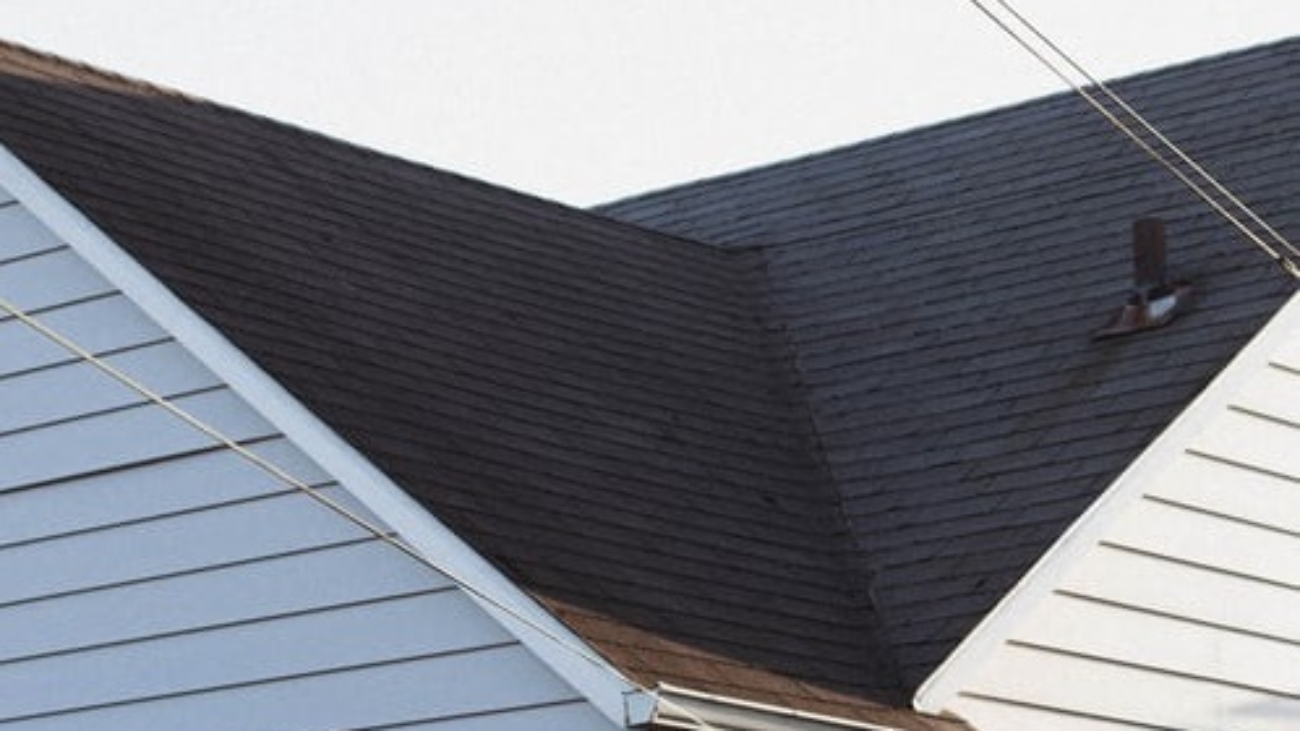Most of us don’t think a lot about home insulation, but if your home isn’t properly insulated. It can lead to many different problems – much worse than just a cold home. Including increased energy costs, water damage, and mold growth. To protect your home from this type of damage it’s important to know the signs of an insulation problem. Here are some of the more common issues to look for that will keep your home properly insulated:
High Energy Bills
A homeowner’s energy bill is mostly spent on heating and cooling costs. In the winter, you heat your home, and in the summer, if you have an air conditioner, you cool it. That number goes up drastically when a home is poorly insulated as your utilities have to work overtime. Proper insulation can cut those costs by an average of 20%. You should keep an eye on how much you spend on energy each month and if it continues to climb then you may have a problem. You should be able to login online to view your history and see an average. Obviously, your bill will increase during winter months but you should be able to locate if there is an unusual spike.
Cold Walls, Floors, Ceilings and Rooms
The ceilings, walls and floors in your home should usually feel warm and dry. When drywall and panelling inside a home feels damp or cold, it is probably a sign that there is not enough insulation and should be fixed immediately. In addition, when touching an outside wall, it should feel cold because the insulation is keeping warm air inside your home.
Unfortunately, heat and cool air can escape almost anywhere that doesn’t have insulation to stop its path. Do you find that some rooms in your home are inexplicably colder or hotter than others no matter how you much you adjust the thermostat? If those rooms are well ventilated, then the problem is most likely bad insulation. Some of the worst culprits are rooms above the garage or attic spaces.
Chilly Drafts
Especially during the colder winter months, drafts in certain areas of a home are caused by cool air entering around window frames and doorways. By having extra layers insulation added to these areas, you and your family can avoid having to cope with chilly drafts. Using Spray foam is a good way to seal and insulate any cracks and crevices.
Mice & Insects Are Invading
There is nothing worse than finding your home invaded with mice and other rodents. Unfortunately, these rodents can enter through very small holes and crevices around doorways and windows. If you find rodents constantly getting into your home, it’s more than likely these openings are also how cold air enters and warm air escapes. They should be patched up not only to stop the rodents but to stop hot air from escaping.
Water Leaks in the Attic
Just as bad insulation lets heat escape from your home, it also tends to let water in. Water obviously has a much easier time finding its way into a poorly-insulated home than a well-insulated one. If you have a leak in the attic, your insulation may be part of the problem. Leaks and water damage are a sign that you should get your insulation inspected as soon as possible. Water damage can cause many costly problems down the road, including mold issues, so get it fixed as soon as possible and don’t procrastinate.
Frozen Pipes
While most people think of poor insulation as just a minor inconvenience but it, in fact, can cause a lot of damage to your home if left unchecked. Frozen pipes in your walls are another indicator you have an insulation problem. Proper insulation protects your home from damage caused by freezing temperatures. Poorly insulated exterior walls can cause frozen pipes. Which can then burst, which can cause thousands of dollars worth of damage.
Ice Dams On Your Roof
A sign of poor insulation in winter are ice dams. Which are built up patches of ice that can prevent natural melting or water from running off your roof. Ice dams are a result of heat rising from a poorly insulated home. That melts the bottom layer of snow on your roof. The melted water then trickles down towards your gutters and once it hits the colder air may begin to freeze. This can cause chunks of ice and icicles to form on the perimeter of your roof. Not only does it wreak havoc with your gutters and roof, but it also becomes a safety hazard for anything or anybody below as the ice can fall on people passing by.
Get An Inspection
The easiest way to tell if your house is well insulated is to have an experienced inspector look at the floors, ceilings, and walls of your home. Many insulation installers have access to specialized equipment and some are happy to offer a free in-home inspection. If you are wondering if a home inspector is worth it, remember roughly a quarter of your home’s heat escapes out through the roof. And another 35 percent goes out the windows. It’s definitely worth checking insulation levels to put some of those savings back in your wallet. In addition, if you have an issue with your roof or you need it inspected, give us a call at Cambie Roofing and we’ll come out and give you a free estimate.

